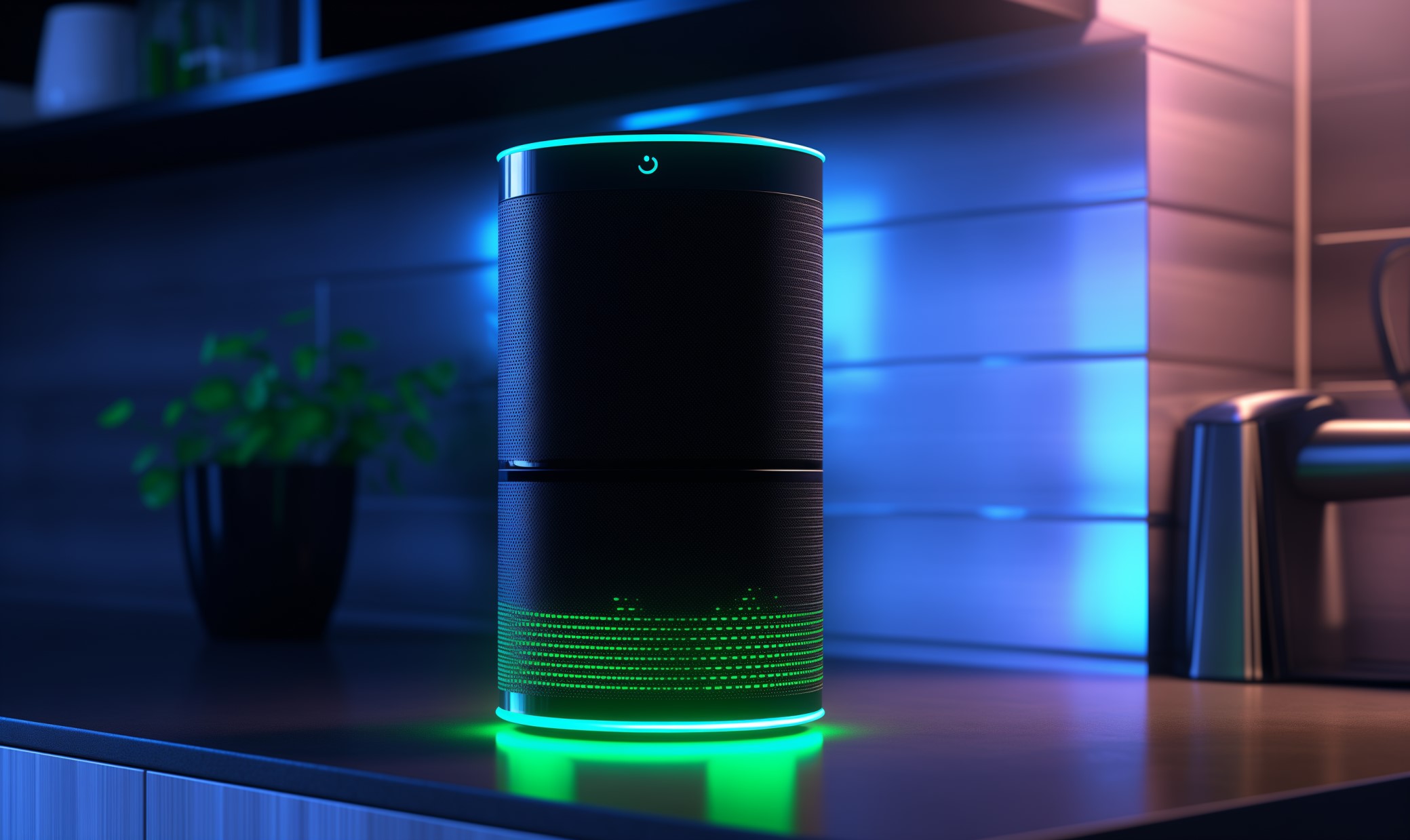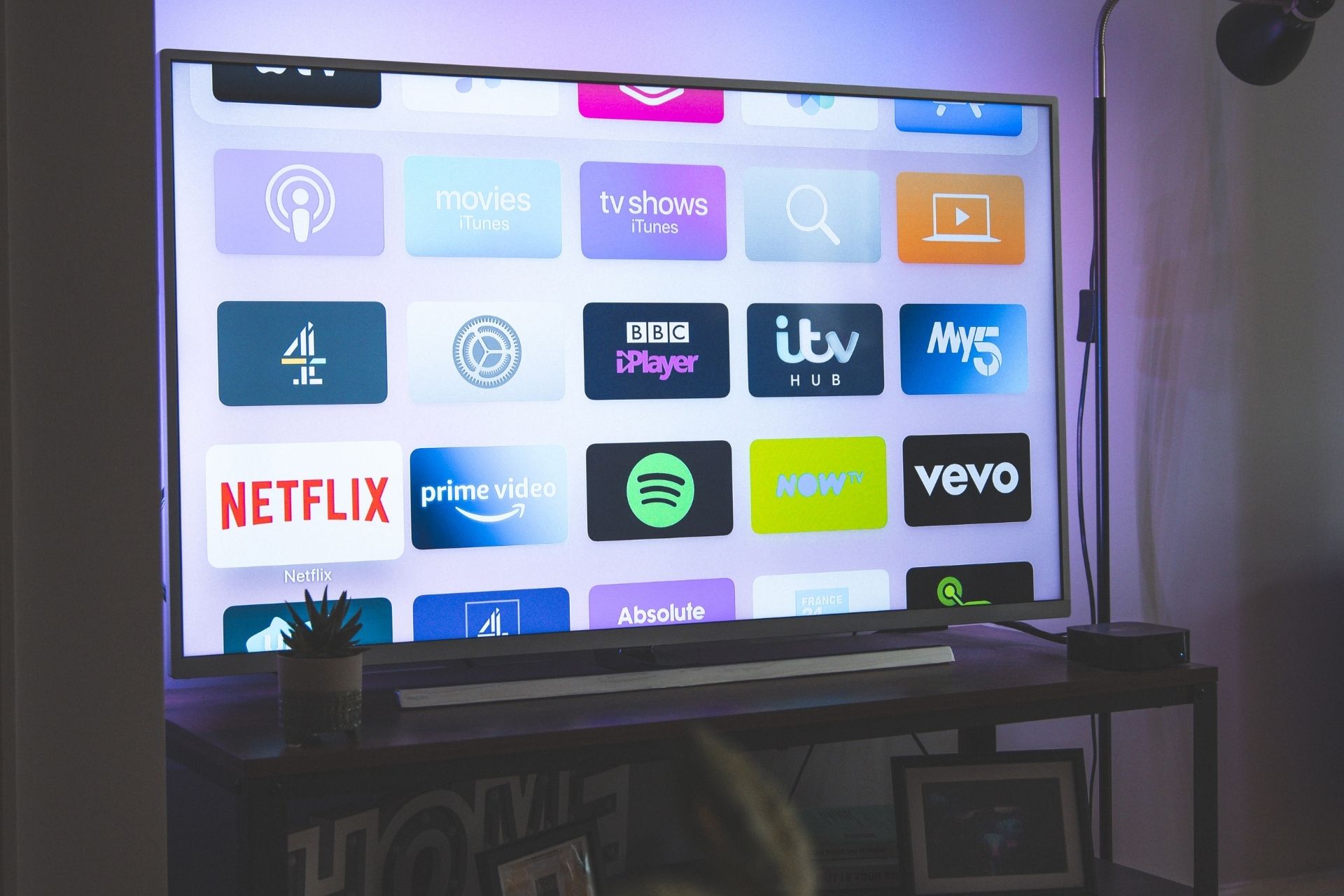The real estate industry is rapidly evolving and intelligent buildings are at the forefront of this change. A smart building is a commercial building that integrates advanced technology systems to improve building efficiency, comfort and security. With the advancement of technology, smart buildings are becoming increasingly common in the commercial real estate sector.
But what sets smart buildings apart from other regular facilities? Below are 10 unique features you should know about:
1. Energy Management Systems
Smart buildings use energy management systems to control a house’s heating, cooling and lighting systems. These systems are designed to optimize energy usage and reduce waste, thus reducing energy costs and greenhouse gas emissions.
2. Intelligent Lighting
Intelligent lighting systems in smart buildings automatically adjust lighting based on occupancy and natural light levels, effectively reducing energy consumption and costs. These systems can also be controlled remotely, allowing for convenient control and customization.
3. HVAC Control
A smart building uses advanced heating, ventilation and air conditioning (HVAC) control systems to maintain comfortable temperatures and air quality. These systems can also be controlled remotely, allowing for convenient temperature adjustments.
4. Internet of Things (IoT)
IoT uses data from home devices while monitoring your preferences to connect and control building systems. This allows you or the building managers to monitor and control a smart home in real-time, improving building efficiency and reducing energy usage.
5. Access Control
Smart buildings use access control systems to secure the building and manage access to different areas. This can include keycards, biometric identification and security camera systems. Access control help to improve security and protect occupants against unauthorized access.
6. Building Automation System
Building automation systems (BAS) are a central component of smart buildings. They regulate lighting, security and other building systems such as HVAC. BAS allows building managers to control systems from a single location.
7. Smart Meters
Smart meters are a vital component of smart buildings. As a building owner, these meters let you monitor energy usage in real-time, allowing for improved energy conservation and cost savings.
8. Sustainable Design
A smart building is designed with sustainability in mind. This includes energy-efficient systems, the use of renewable energy sources and the incorporation of green spaces. These sustainable design elements help to reduce energy consumption and improve building sustainability.
9. Improved Comfort
Smart buildings use advanced technologies to improve building comfort. This includes intelligent lighting, HVAC control and home automation systems, which help to maintain comfortable temperatures, air quality and lighting levels.
10. Increased Productivity
Smart homes are designed to improve overall building efficiency and reduce energy usage, which can lead to increased productivity. With comfortable temperatures, good air quality and efficient lighting, you can become more productive and live comfortably, thereby improving your business output.
The Future of Smart Buildings
Smart buildings are the future of commercial real estate. With advanced technology systems designed to improve a home’s efficiency, comfort and security, they rapidly lead the way in the real estate industry’s evolution. The 10 key features above show how smart buildings change our work and life.
Recent Stories
Follow Us On
Get the latest tech stories and news in seconds!
Sign up for our newsletter below to receive updates about technology trends














